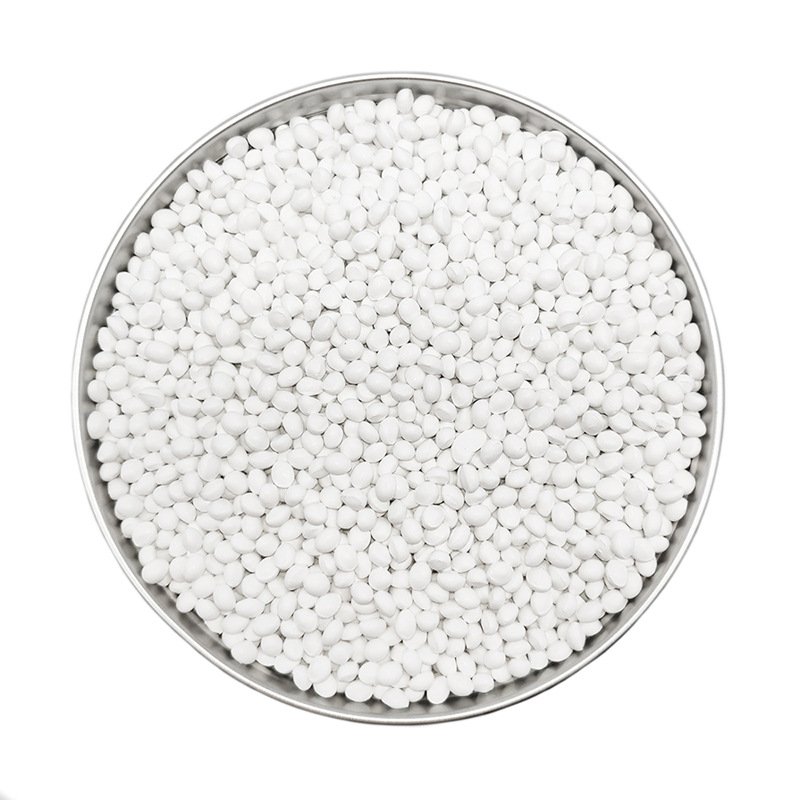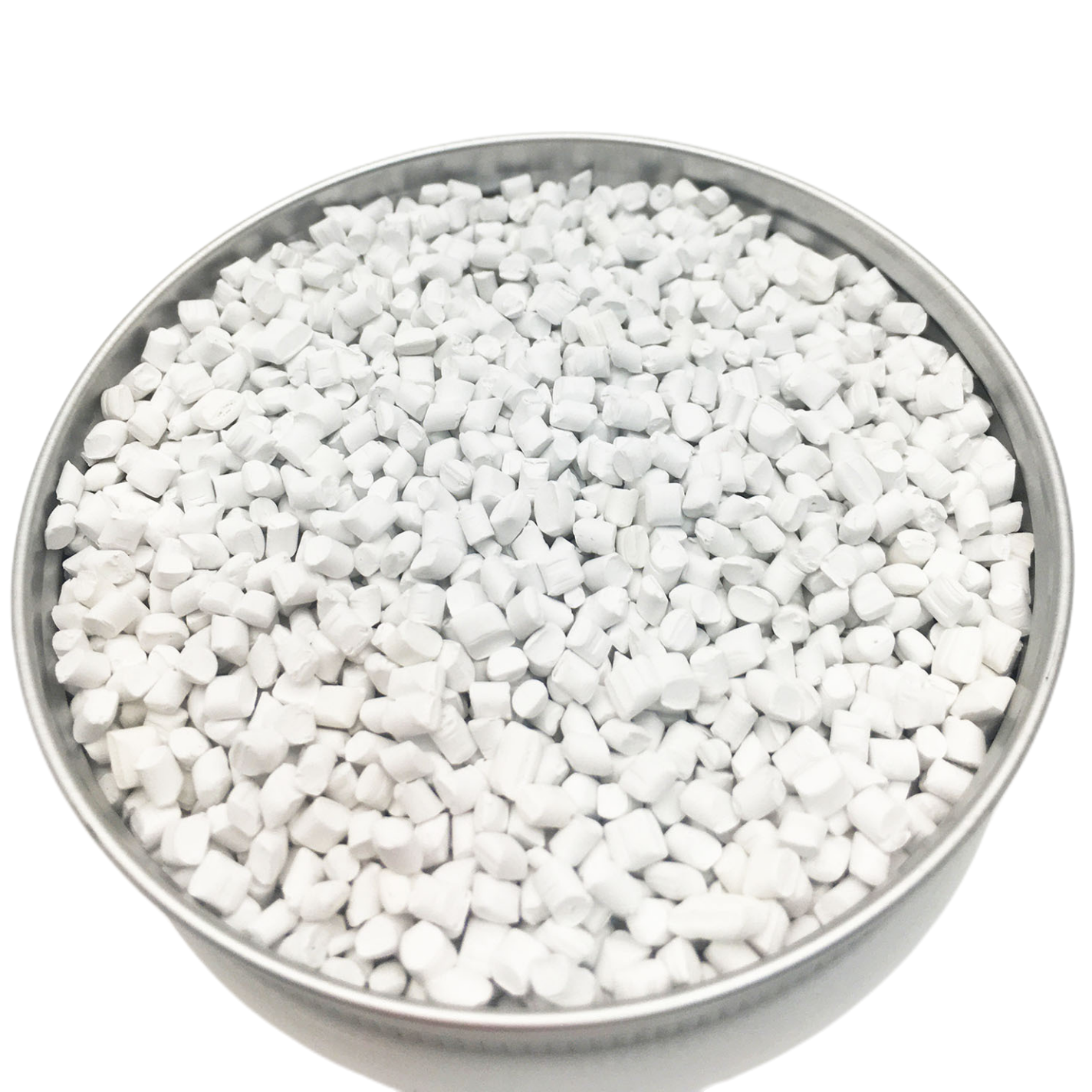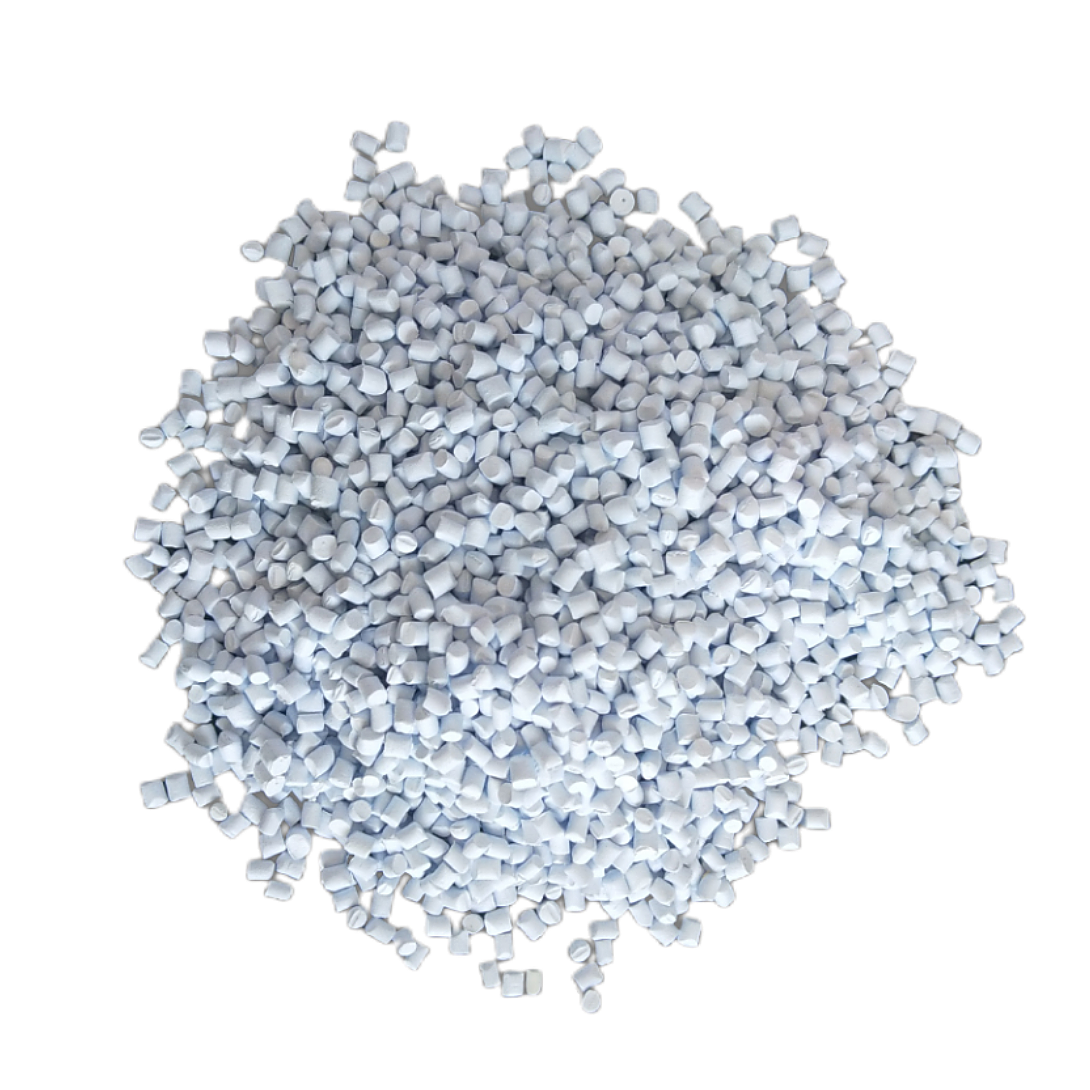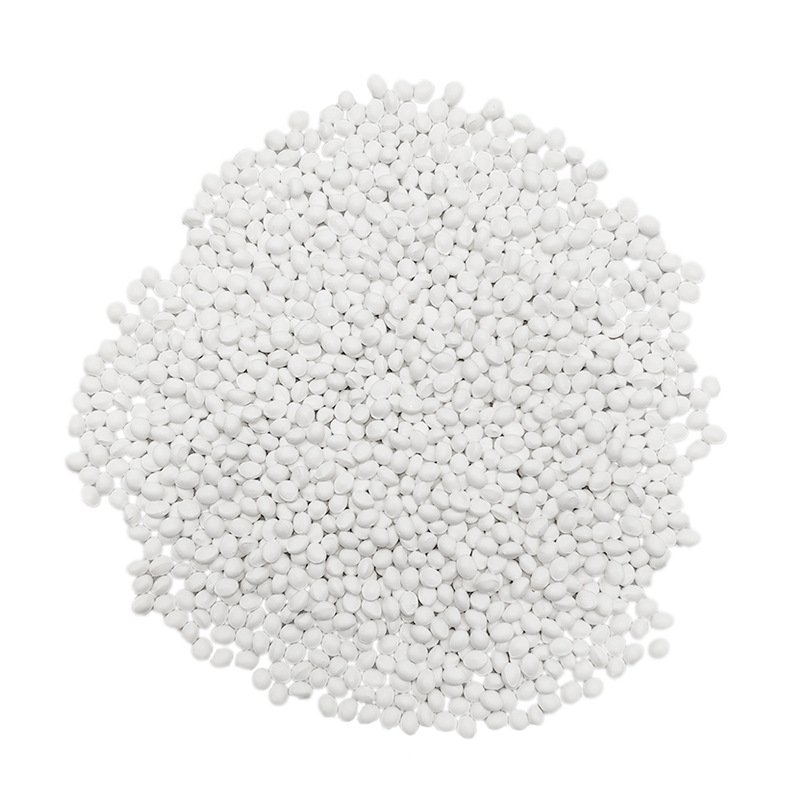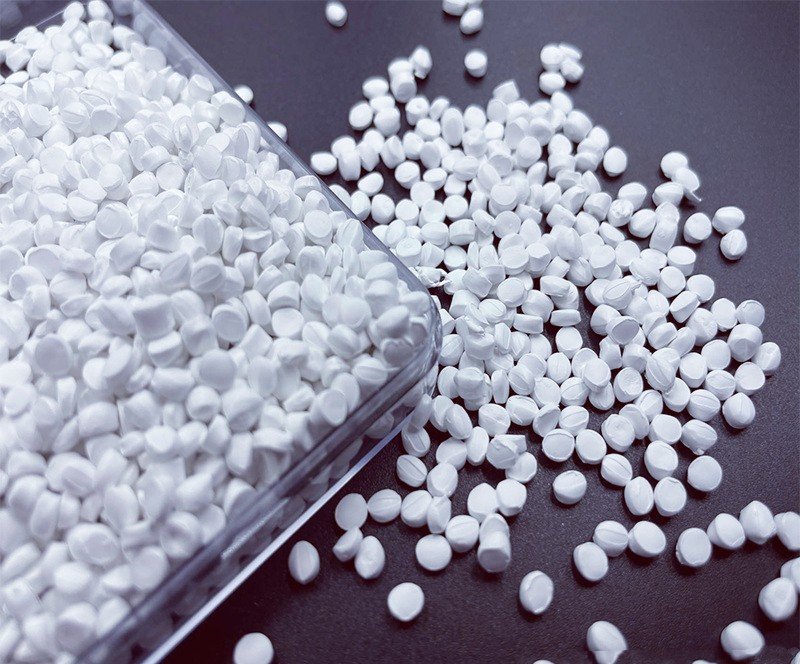
Discover Premium White Masterbatch with Superior Concentration and Coverage at Factory Direct Prices
Our white masterbatches will perform to the best on all the various parameters of Very High Opacity, Excellent Dispersion, Uniform Granule Size, High Whiteness, Gloss, and others. Made with the highest quality Raw Material with a Philosophy of Controlled Quality control, we deliver the best to our customers.
White Masterbatch
DOME Materials offers a range of high-quality white masterbatch solutions for the plastics industry. Our standard and titanium dioxide (TiO2) grades are available from stock, while our custom white masterbatches can be tailored to meet specific processing or end-use needs. Widely used in various applications, including food packaging, consumer goods, and industrial products, our white masterbatches are compliant with international regulations for safety and waste packaging. Choose DOME Materials for the best white masterbatch options to achieve maximum opacity and desired shades of white.
Additional information
| Color | Bright white, porcelain white, milky white, apple white, Samsung white, Off-white, customized white |
|---|---|
| Carier | HDPE, LDPE, PP, PS, PC, PE, AS, PA, ABS, EVA, PVC, PBT, POM, PET, TPU, TPE |
| Process | Film Blowing, Injection Molding, Blow Molding, Extrusion, Casting, Roto Molding, Thermoforming |
Product Details | Color Masterbatches
Product Description
DOME Materials provides a diverse range of innovative, high-quality White Masterbatch options. Our polymer masterbatch products are trusted and widely used in the global plastics industry. Polyethylene and universal-based standard white masterbatch grades are available from stock and offer highly loaded titanium dioxide (TiO2) grades for applications needing maximum opacity.
We can offer a fast color-matching service for customers who require a particular shade of white. We create custom white masterbatches to order, which can also incorporate additional properties for specific processing or end-use needs. These properties may include anti-block, anti-static, anti-fog, UV stability, mold release, anti-bacterial, and more, achieved by including tested and proven functional additives.
Our white masterbatches are designed to provide excellent opacity, brightness, and whiteness to various plastic products. They are suitable for use in industries such as packaging, automotive, construction, and household goods.
Product Specification
| Product Name | TiO2 White Color Masterbatch |
| Appearance | White Granule Pellets 2.5-3.5mm |
| Compatibility | HDPE, LDPE, PP, PS, PC, PE, AS, PA, ABS, EVA, PVC, PBT, POM, PET, TPU, TPE etc. |
| Color | Bright white, porcelain white, milky white, apple white, Samsung white, customized white |
| Pigment | Titanium Dioxide/TiO2 |
| Titanium Dioxide/TiO2 Content | 20%-80% |
| Light & Weather Resistance | Grade 6 |
| MFI/ MFR (21.6KG/ 200℃) | 10-30g/10min |
| Melting Temperature | 140℃-220℃ |
| Materials | + Titanium Dioxide +Carrier (PE/TPU/TPE/ABS/PP/LLDPE/HDPE/LDPE/PS/PA/PVC/EVA etc.) +Resin and special additives |
| Grain Diameter(mm) | 2.5-3.8 |
| Color Intensity | 110-140% |
| Moisture Rate | <0.1% |
| Light and Weather Resistance | Level 4-8 |
| Chromatic Aberration | ≤0.5% |
| Temperature Resistance(℃) | 120℃-320℃ |
| Melting Point | 140℃-220℃ |
| Light Fastness | Grade 4-8 |
| Heat Resistance | ≥5 |
| Migration Resistance | Grade 6-8 |
| Filler | CaCO3 or None |
| Add Ratio | Recommend adding 2%-5% (The optimal amount of addition depends on many factors: polymer type, melt flow rate, other additive types and contents, final product structure, thickness, application fields, desired flame retardant properties, processing methods, etc. The optimum dosage must be obtained through experimentation. Processing temperature 180~200℃) |
| Product Application | White masterbatch is Widely used in Film Blowing, Blow Molding, Injection Molding, Extrusion Molding, Casting Film, Wire Drawing, and many other processes. • Fiber (Carpet, Textiles, Upholstery, etc.) • Film (Shopping bags, Casting film, Multilayer film, etc.) • Blow Molding (Medical & Cosmetic container, Lubricant & Paint container, etc.) • Extrusion Molding (Sheet, Pipe, Wire & Cable, etc.) • Injection Molding (Automotive, Electronic, Construction, House wares, Furniture, Toys, etc.) |
| Package | 20/25kgs Plastic bag + Kraft Paper Bag + carton |
Take Your Business to The Next Level
Our team of experts is available to provide technical support and guidance in selecting the right white masterbatch for your specific application. We strive to deliver the highest quality products that meet or exceed our customers’ expectations.
Contact us today to learn more about our white masterbatch solutions and how they can enhance the appearance and performance of your plastic products.
White Masterbatch | Application
DOME Materials’ white masterbatches are widely used in key markets such as rigid and flexible plastic packaging for food, consumer goods, and industrial products. They are also used in plastic toys, white goods, and industrial piping. All of our standard white masterbatch products are compliant with international regulations for food contact, toy safety, and waste packaging.

White Masterbatch for Office Supplies
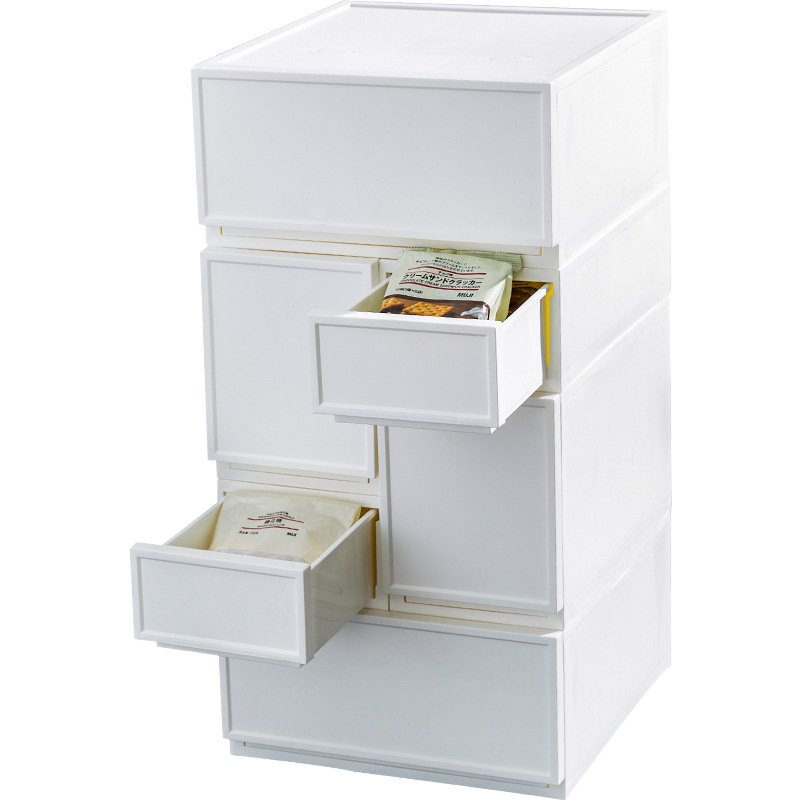
White Masterbatch for Furniture and Homewares
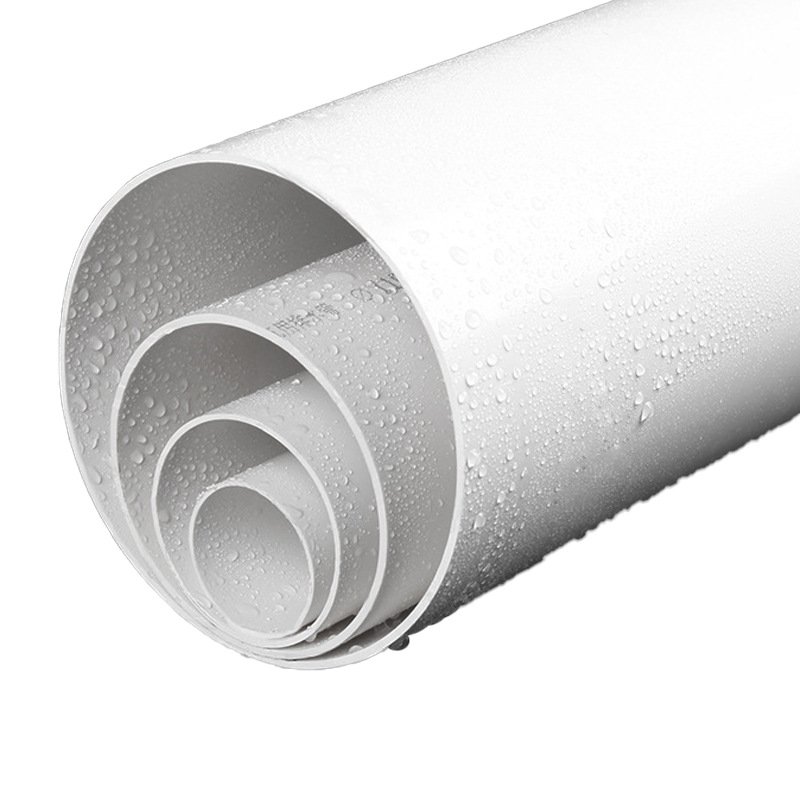
White Masterbatch for Pipes

White Masterbatch for Shopping Bags, Garbage/Packaging Bags
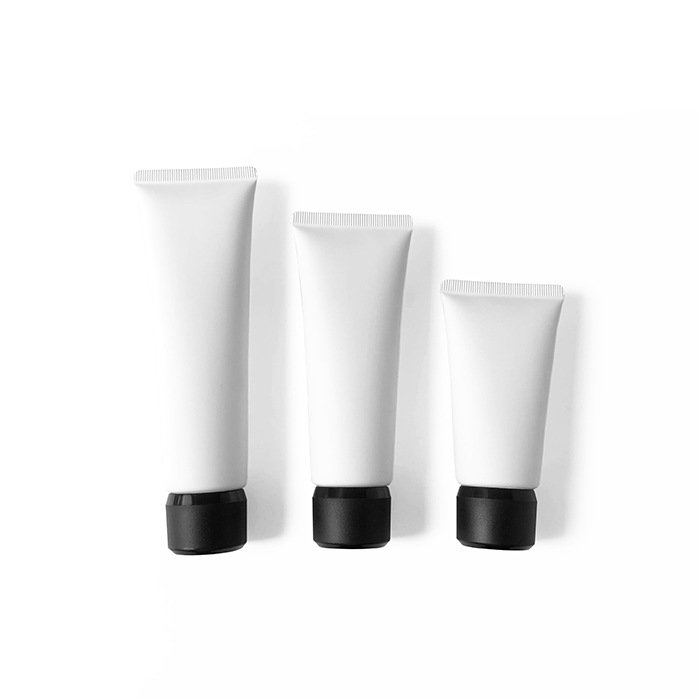
White Masterbatch for Daily Necessities Packaging
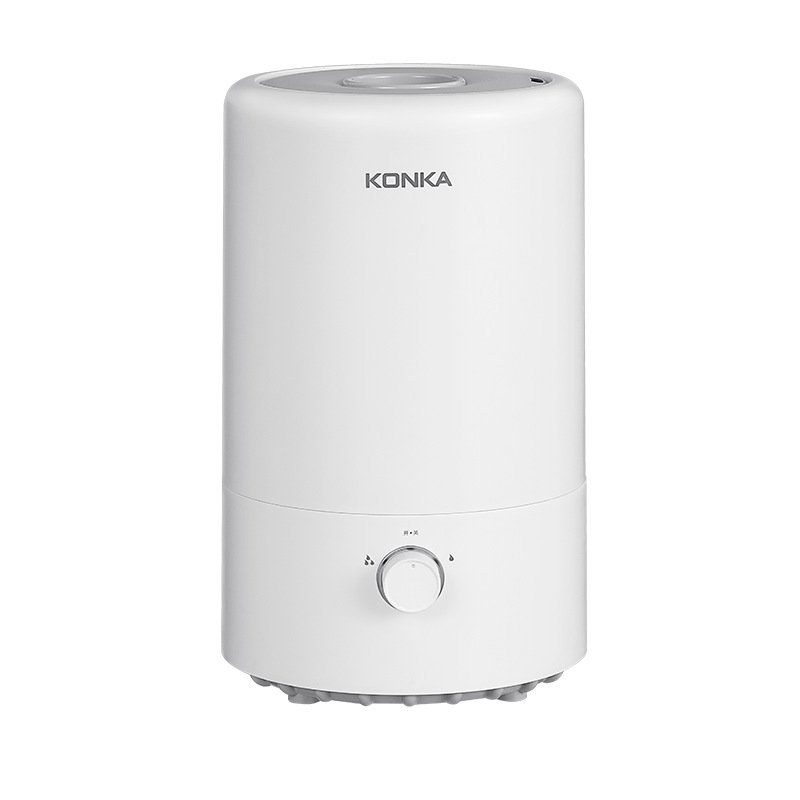
PA6/PA66 Color Masterbatch for Power Tool Housing
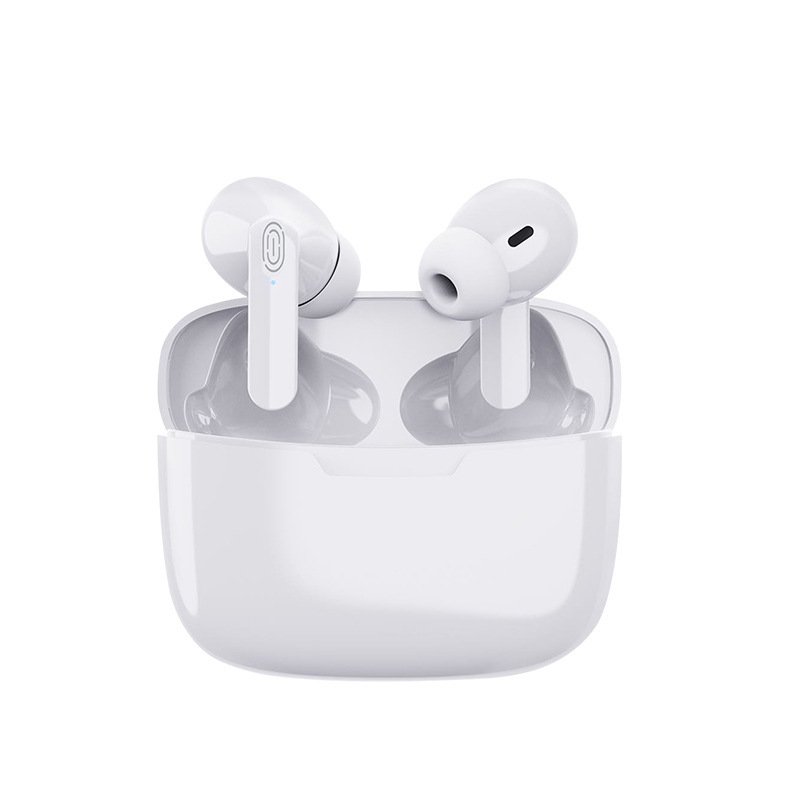
ABS Color Masterbatch for large electrical, medical, and beauty equipment casings

White Masterbatch for Equipment Casing
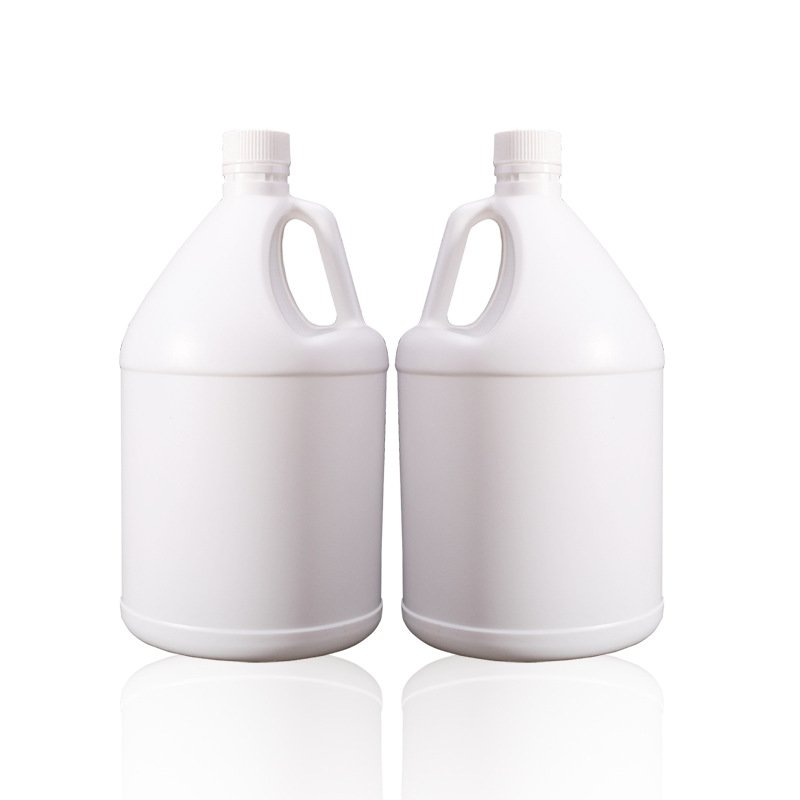
White Masterbatch for 3D Printing
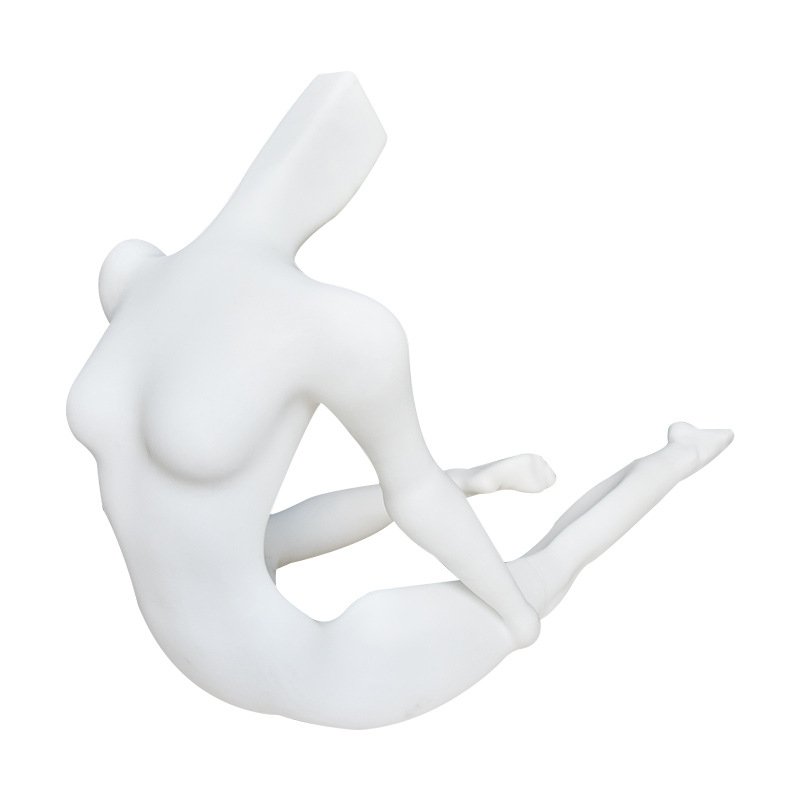
White Masterbatch for Auto Accessories
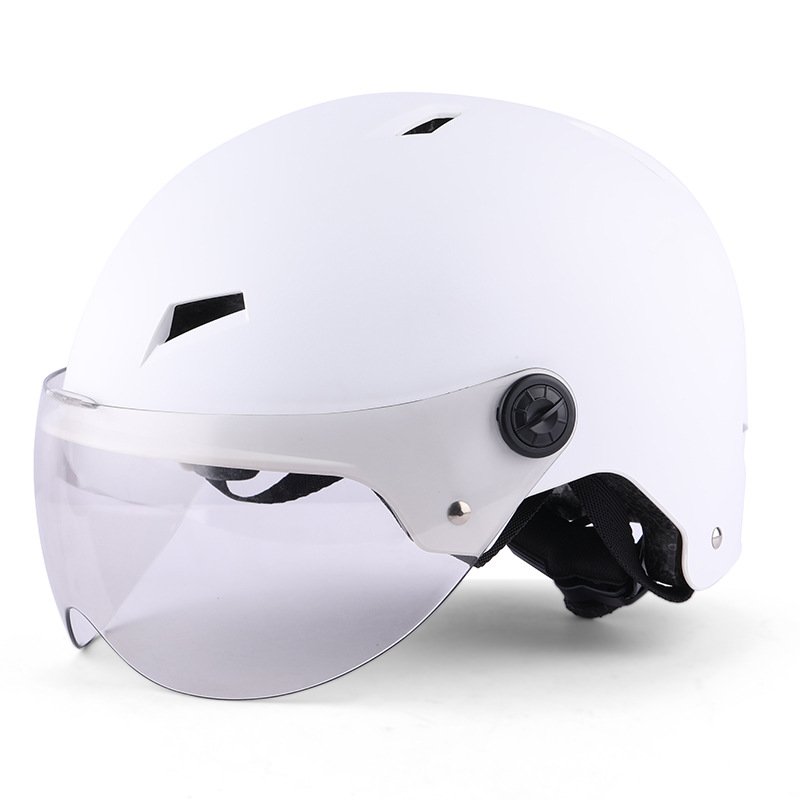
White Masterbatch for Tableware & Food Package

White Masterbatch for Cables and Wires

BENEFITS & PROPERTIES OF MASTERBATCHES FOR THE PLASTICS SECTOR
- Enhanced Aesthetics
- Cost-Effective Solution
- Customization
- Consistency and Uniformity
- Ease of Use
- Optimized thermal stability
- Improved UV Resistance
- Greater production flexibility
- Improved Product Identification
- Environmental Benefits
Frequently Asked Questions
A white masterbatch is a concentrated mixture of white pigments or additives that are used to color plastics. It is typically in the form of small pellets or granules that can be easily added to the base polymer during the manufacturing process. The masterbatch is designed to evenly distribute the white pigment throughout the plastic, resulting in a consistent and uniform white color in the final product. White masterbatches are commonly used in various industries, including packaging, automotive, construction, and consumer goods.
A white masterbatch is made by blending white pigments or additives with a carrier resin. The process typically involves the following steps:
- Selection of white pigments: Different types of white pigments such as titanium dioxide, zinc oxide, or calcium carbonate are chosen based on the desired shade and performance requirements.
- Pre-dispersion: The selected white pigment is pre-dispersed in a carrier resin. This is done to ensure that the pigment particles are evenly distributed throughout the master batch.
- Mixing: The pre-dispersed pigment is mixed with a larger quantity of carrier resin. This step involves intensive mixing to achieve a homogenous blend.
- Extrusion: The mixed blend is then fed into an extruder, which melts the resin and pigment mixture. The extruder applies heat and pressure to melt the resin and distribute the pigment uniformly.
- Pelletizing: The molten mixture is extruded through a die, which forms it into strands. These strands are then cooled and cut into small pellets or granules.
- Cooling and packaging: The pellets are cooled and collected, ready for packaging. They are usually packed in moisture-resistant bags or containers to maintain their quality.
The resulting white masterbatch can be easily added to the base polymer during the plastic manufacturing process to achieve the desired white color in the final product.
- Polyethylene (PE): This includes various forms of PE, such as low-density polyethylene (LDPE), high-density polyethylene (HDPE), and linear low-density polyethylene (LLDPE).
- Polypropylene (PP): PP is commonly used in packaging, automotive, and consumer goods industries.
- Polystyrene (PS): PS is widely used in food packaging, disposable cutlery, and insulation products.
- Polyvinyl chloride (PVC): PVC is a versatile plastic used in construction, electrical cables, and medical applications.
- Polyethylene terephthalate (PET): PET is commonly used in beverage bottles, food containers, and textile fibers.
- Acrylonitrile butadiene styrene (ABS): ABS is known for its strength and impact resistance, making it suitable for automotive parts, electronic housings, and toys.
- Polyamide (PA): PA, also known as nylon, is used in various applications such as automotive components, electrical connectors, and textile fibers.
These are just a few examples, and in general, white masterbatches can be used with most thermoplastic polymers. However, it is important to consider the compatibility of the masterbatch with the specific polymer to ensure proper dispersion and color consistency.
The use of a white masterbatch in plastic manufacturing processes can raise some environmental concerns, primarily related to the disposal and potential release of white pigments into the environment. Here are a few key considerations:
- Pigment toxicity: Some white pigments, such as titanium dioxide, may contain heavy metals or other potentially harmful substances. If these pigments are not properly managed during disposal or recycling processes, there is a risk of environmental contamination. It is important for manufacturers to ensure that the white pigments used in the masterbatch comply with relevant regulations and standards.
- Waste management: The disposal of plastic waste containing white masterbatch can contribute to the accumulation of non-biodegradable materials in landfills. To mitigate this, efforts should be made to improve plastic waste management systems, such as promoting recycling and exploring alternative disposal methods, such as energy recovery.
- Microplastic pollution: Like any plastic product, white-colored plastics made using a masterbatch can contribute to microplastic pollution if they break down into smaller particles over time. These microplastics can enter ecosystems and have potential impacts on marine life and other organisms. Proper waste management and recycling practices can help minimize the release of microplastics into the environment.
To address these concerns, there is a growing focus on sustainable practices in the plastic industry. This includes the development of eco-friendly white pigments, improved recycling technologies, and the promotion of circular economy principles to reduce plastic waste and its environmental impact.
When using white masterbatch, it is important to take certain precautions to ensure its safe and effective use. Here are some precautions to consider:
- Storage: Store the white masterbatch in a cool, dry place away from direct sunlight and heat sources. This will prevent any degradation or discoloration of the masterbatch.
- Handling: When handling the white masterbatch, it is recommended to wear appropriate protective clothing, gloves, and safety goggles to avoid any direct contact with the skin, eyes, or inhalation of dust particles.
- Mixing: Ensure that the white masterbatch is thoroughly mixed with the base polymer before processing. Proper mixing will help achieve uniform dispersion and optimal color appearance.
- Dosage: Follow the recommended dosage guidelines provided by the manufacturer. Overdosing or underdosing the masterbatch can affect the final color and performance of the product.
- Cleaning: Clean the processing equipment, such as extruders, molds, and hoppers, before using the white masterbatch to avoid any contamination from previous materials. This will help maintain the desired color consistency.
- Compatibility: Check the compatibility of the white masterbatch with the base polymer to ensure they are chemically compatible. Incompatible materials may cause color instability or affect the physical properties of the final product.
7. Testing: Conduct small-scale trials or testing before large-scale production to evaluate the color, dispersion, and
There are several benefits to using a white masterbatch in plastic manufacturing processes. Some of the key advantages include:
- Consistent and uniform color: White masterbatches ensure a consistent and uniform white color throughout the plastic product. This helps in maintaining the desired appearance and aesthetics.
- Cost-effectiveness: By using a white masterbatch, manufacturers can avoid the need to purchase and handle large quantities of expensive white pigments. The concentrated nature of the masterbatch allows for efficient and cost-effective coloring of plastics.
- Ease of use: White masterbatches are supplied in pellet or granule form, making them easy to handle and incorporate into the manufacturing process. They can be easily mixed with the base polymer, saving time and effort.
4. Improved processing: The use of a white masterbatch can enhance the processability of plastics. It helps in achieving
White masterbatch is a colored product made by dispersing colorant, carrier resin, and additive. Colorant content is 20%-80%, with titanium dioxide being the most commonly used. The resin acts as a carrier and additives provide special functions like antistatic and flame retardant properties. It is widely used in various industries for a range of applications. Here are some common uses of white masterbatch:
- Packaging: White masterbatch is extensively used in the packaging industry to produce white plastic films, bags, containers, and bottles. It provides an opaque and bright white appearance to the packaging materials.
- Textiles: White masterbatch is used in the textile industry to produce white fibers, yarns, and fabrics. It helps achieve a consistent and vibrant white color in textile products.
- Automotive: White masterbatch is used in the automotive industry for manufacturing various interior and exterior parts, such as dashboards, door panels, trims, and bumpers. It provides a uniform white color and enhances the aesthetic appeal of these components.
- Household Goods: White masterbatch is used in the production of various household goods, including white appliances, furniture, toys, and kitchenware. It helps achieve a clean and bright white color in these products.
- Construction: White masterbatch is used in the construction industry for manufacturing white pipes, fittings, profiles, and other building materials. It provides a consistent white color and improves the durability and appearance of these products.
- Medical and Healthcare: White masterbatch is used in the medical and healthcare industry for producing white medical devices, equipment, and packaging materials. It ensures cleanliness, hygiene, and visibility in these applications.
- Electronics: White masterbatch is used in the electronics industry for manufacturing white casings, connectors, and components. It provides a visually appealing white color and can be customized to meet specific requirements.
- Cosmetics and Personal Care: White masterbatch is used in the cosmetics and personal care industry for producing white containers, tubes, and packaging materials for various beauty and personal care products.
White masterbatch offers several advantages, including color consistency, ease of use, cost-effectiveness, and customization options. It allows manufacturers to achieve the desired white color in their products without the need for additional coloring agents or extensive coloring processes.
Yes, white masterbatch can be customized to achieve specific shades of white. The shade of white can be adjusted by varying the concentration of white pigment in the masterbatch formulation. Different types and amounts of white pigments, such as titanium dioxide or other additives, can be added to the masterbatch to achieve the desired shade.
Manufacturers can work with us to customize the white masterbatch formulation according to their specific requirements. This customization allows for flexibility in achieving different shades of white, ranging from bright and pure white to softer or off-white tones.
It is important to note that the customization of white masterbatch for specific shades may require additional testing and trials to ensure color consistency, dispersion, and compatibility with the base polymer. Manufacturers should work closely with the masterbatch supplier to determine the optimal formulation and dosage for the desired shade of white.
Choosing the right white masterbatch for your product involves considering several factors. Here are some steps to help you make an informed decision:
- Define your requirements: Determine the specific properties you want the white masterbatch to impart to your product. Consider factors such as opacity, shade of white, UV stability, heat resistance, compatibility with other additives, and regulatory compliance.
- Understand your base polymer: Identify the type of polymer you are using for your product, such as polyethylene (PE), polypropylene (PP), polyvinyl chloride (PVC), etc. Different polymers have varying characteristics and may require specific white masterbatch formulations.
- Evaluate opacity requirements: Decide on the level of opacity or whiteness you desire for your product. Opacity can be adjusted by varying the concentration of white pigment in the masterbatch. Consider the end-use application and the desired visual appearance.
- Consider compatibility: Ensure that the white masterbatch is compatible with your base polymer. Some polymers may require specific additives or processing conditions for optimal dispersion and performance. Consult with your polymer supplier or masterbatch manufacturer to ensure compatibility.
- Assess processing conditions: Evaluate the processing conditions involved in manufacturing your product, such as temperature, shear rate, and residence time. Different white masterbatches may have varying heat stability and melt flow properties, which can affect processing efficiency and final product quality.
- Seek technical support: Consult with your masterbatch manufacturer or supplier for technical guidance. They can provide recommendations based on their expertise and experience. They may also offer sample testing to assess the suitability of their white masterbatch for your specific application.
- Consider cost-effectiveness: Evaluate the cost of the white masterbatch, including factors such as pigment concentration, performance, and any additional benefits it offers. Compare different options and consider the overall value it provides for your product.
- Regulatory compliance: Ensure that the white masterbatch meets any applicable regulatory requirements, such as food contact regulations or specific industry standards.
By considering these factors and seeking expert advice, you can choose the right white masterbatch that best suits your product requirements and manufacturing process.
Yes, there are different shades of white available in masterbatches. White masterbatches are not limited to a single shade of white. Manufacturers can produce masterbatches with various shades of white by adjusting the concentration and type of white pigment used in the formulation. Different pigments, such as titanium dioxide, calcium carbonate, or talc, can be used to achieve different shades of white. Additionally, the concentration of the pigment can be adjusted to achieve lighter or darker shades of white. This allows manufacturers to customize the shade of white in their plastic products according to their specific requirements.
Packing Details for Polymer Masterbatch
Package
- Caton Size: 500*380*160mm
- Weight: 25Kgs/carton
- Polymer masterbatches are packaged in a carton lined with a PE bag
Storage
- Please store in dry and ventilated conditions
- Waterproof and moisture-proof
Avoid sun exposure - Please seal the unused portion of the masterbatch
- Please use it up within 24 months.
Delivery
- Standard masterbatches are available in stock
- 3-7 working days for customized masterbatches

Polymer Masterbatch
Request A White Masterbatch Quote for Your Project
We focus on customized white | black | color masterbatch, contact us now for free samples, and let’s work together!

